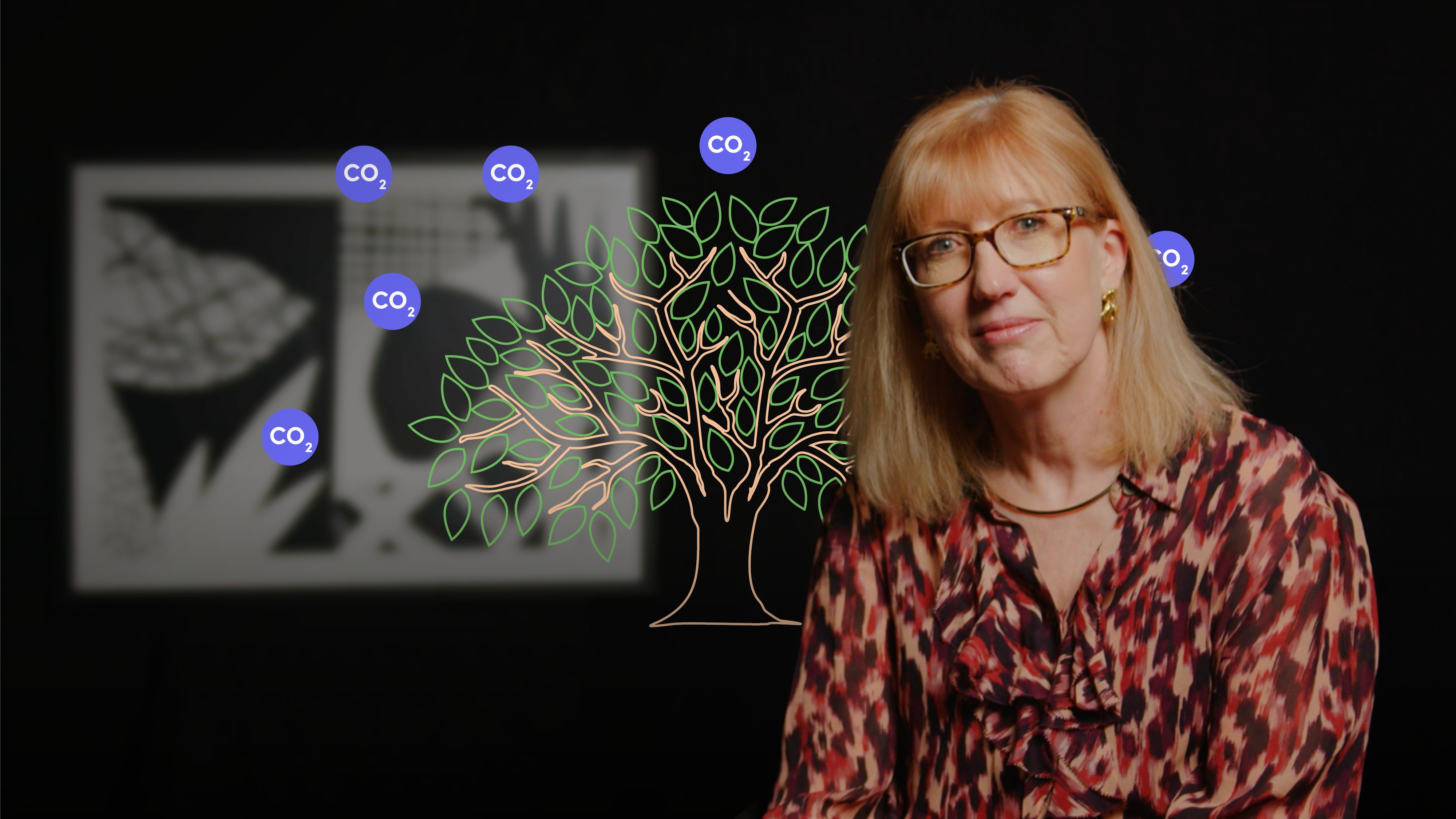
Environmental Sustainable Development Goals II

Wendy Whewell
22 years: ESG & Climate Change
In this video, Wendy continues exploring the environmental SDGs and focuses on SDG 14 and SDG 15.
In this video, Wendy continues exploring the environmental SDGs and focuses on SDG 14 and SDG 15.
Subscribe to watch
Access this and all of the content on our platform by signing up for a 7-day free trial.

Environmental Sustainable Development Goals II
10 mins 54 secs
Key learning objectives:
Understand the purpose of SDG 14 Life Below Water and the progress towards the target
Understand the purpose of SDG 15 Life on Land and the progress towards the target
Overview:
The 14th Sustainable Development Goal (SDG) focuses on the sustainable use and conservation of marine resources. Oceans, making up 70% of Earth, are crucial for providing water, food, and climate regulation. Despite ten targets set, including reducing marine pollution and overfishing, progress remains slow, with continual plastic waste and ocean acidification. SDG 15 aims to protect and promote sustainable terrestrial ecosystems. Forests, comprising 31% of Earth's land, provide oxygen, absorb carbon dioxide, and host 80% of terrestrial species. Despite several targets, forests are shrinking and species extinction is increasing. Both SDGs, along with SDG 13 (Climate Action), form the environmental component of the UN's Agenda 2030 plan, vital for planetary and human sustainability.
Subscribe to watch
Access this and all of the content on our platform by signing up for a 7-day free trial.
What is the purpose of SDG 14 and what progress has been made towards it?
SDG 14, "Life Below Water," aims to conserve and sustainably use oceans, seas, and marine resources. It's crucial for human survival, climate regulation, and hosting diverse marine life. Targets include reducing marine pollution, protecting ecosystems, and regulating harvesting by specified dates.
Progress has been mixed. Marine pollution remains high, with 17 million metric tons of plastic entering oceans in 2021. Ocean acidification, affecting climate moderation and energy storage, is increasing. Sustainable fishing measures haven't been adequately implemented, with 35.4% of global stocks overfished in 2019. A notable initiative for SDG 14 is the Australian Marine Debris Initiative, which has removed over 1,700 tonnes of debris from the ocean.
What is the purpose of SDG 15 and what progress has been made towards it?
SDG 15, "Life on Land," aims to protect, restore, and promote sustainable use of terrestrial ecosystems, manage forests sustainably, combat desertification, and halt biodiversity loss. Important targets include conserving and restoring ecosystems, ending deforestation, and eliminating poaching.
Unfortunately, progress has been limited. Globally, 10 million hectares of forest are destroyed annually, mainly due to agricultural expansion, with 2020's target unmet. Biodiversity is also under threat, as the Red List Index shows increased risk of species extinction. However, progress has been made in promoting access to genetic resources, with the Nagoya Protocol ratified by 132 countries and the EU. A notable initiative includes sustainable farming training by the World Wildlife Fund in Paraguay.
Subscribe to watch
Access this and all of the content on our platform by signing up for a 7-day free trial.

Wendy Whewell
There are no available Videos from "Wendy Whewell"





























